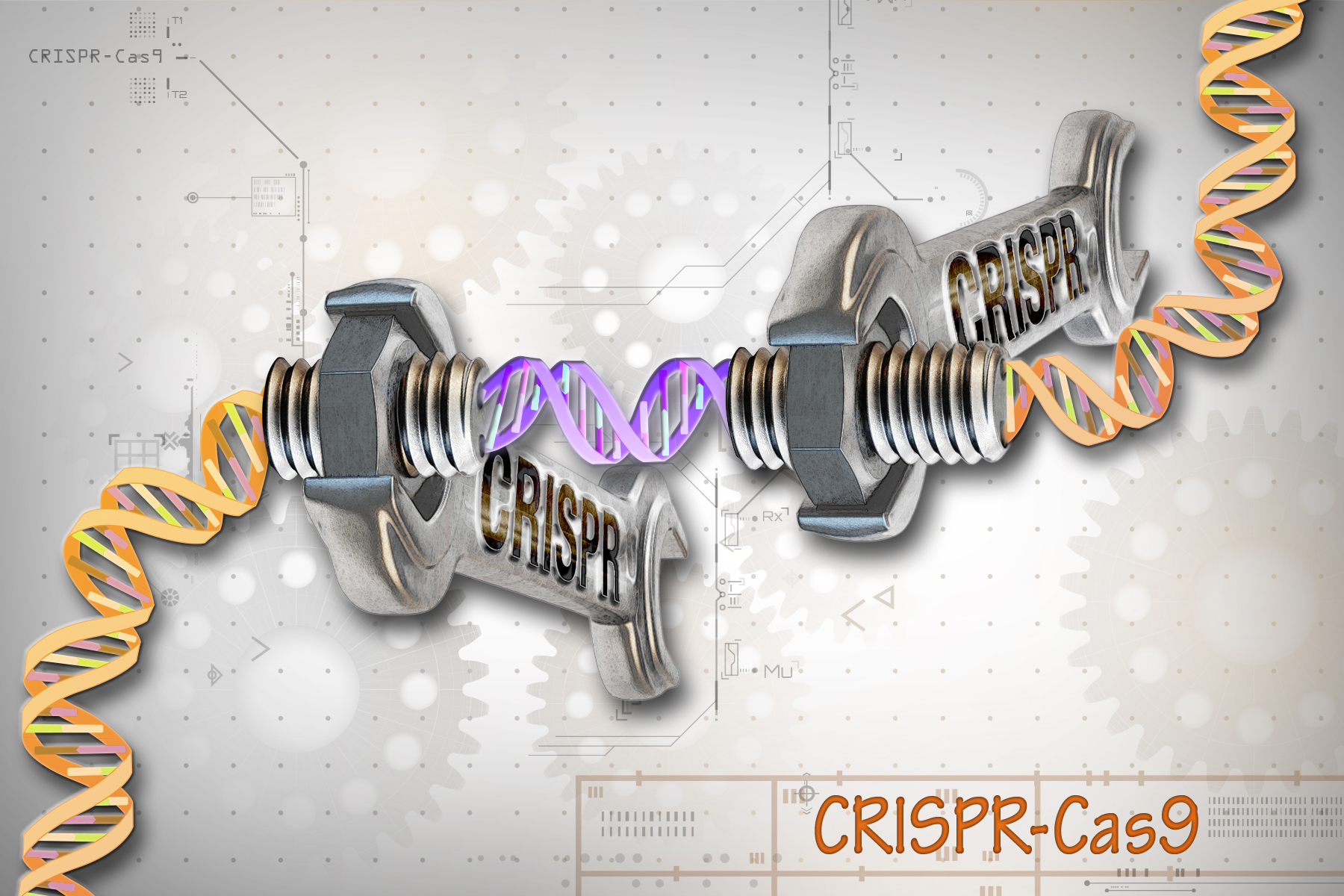Podcast: Play in new window | Download
Subscribe: RSS

Scientists are frantically applying wrenches to human cells in order to install improved traits and defeat disease. It is not going well, and never will.
It was a privilege to be able to hear about the latest research into a particular neurological affliction at a small seminar in Maryland a few years ago. The audience consisted of people who suffered from the affliction, and their families. The speaker was a neurologist who had gained national prominence for his expertise and research on this particular disorder. His presentation was upbeat for a discussion of a malady that has no known cause, no cure, and few effective treatments — all doctors can do is manage the symptoms, which vary widely from case to case. But he stressed the many research programs under way to find at least a treatment for the disease, maybe one day a cure, as he sought to give hope for improvement to people who do not now have any.
What he talked about most was genetic research. The gene associated with the disease has been identified, he said, and any day now scientists will learn how to shut that gene off and perhaps cure the disease.
That’s what he said, the gene “associated” with the disease. I’m sure what everybody in the room heard was, the gene that causes the disease. Anyone can find out whether they have the gene with a simple test — a test that costs $3,000, and which no insurance policy covers.
But you’d know, right, and you’d be poised to join the stampede for the cure as soon as they got the “genetic engineering” right.
When the seminar was winding down, I asked the good doctor two questions that told me everything I need to know about genetically-manipulated cures. Continue reading







